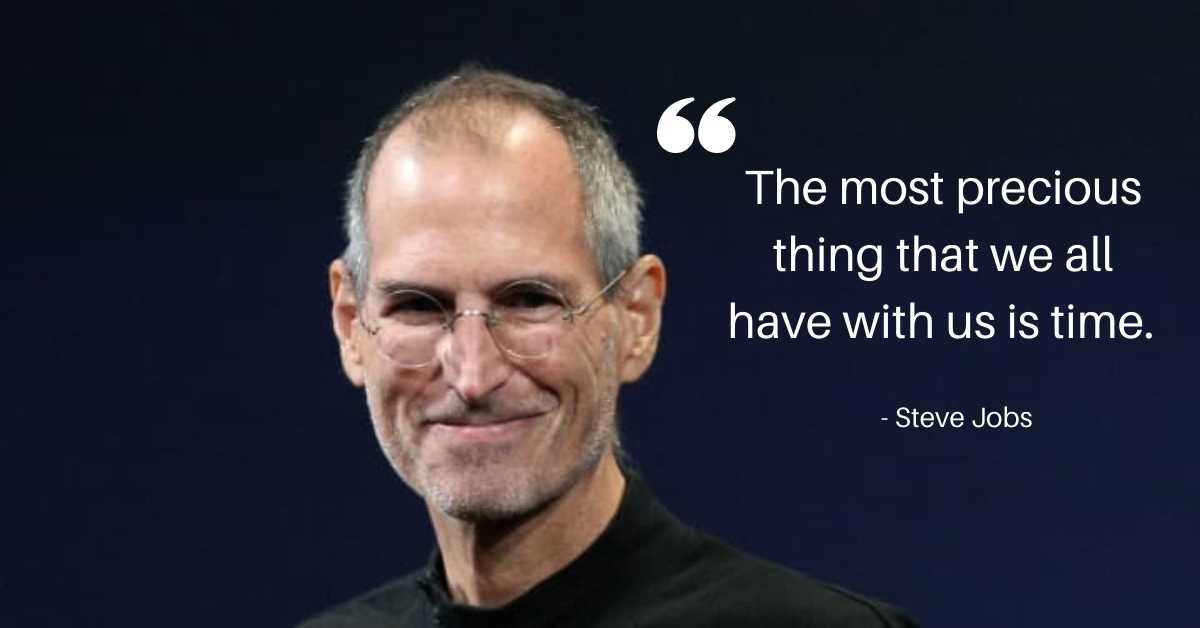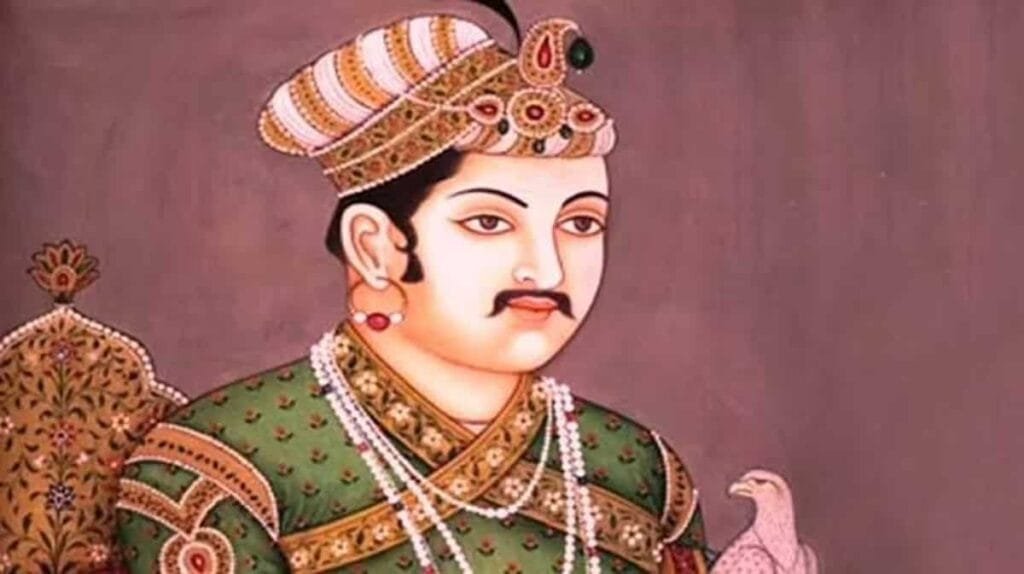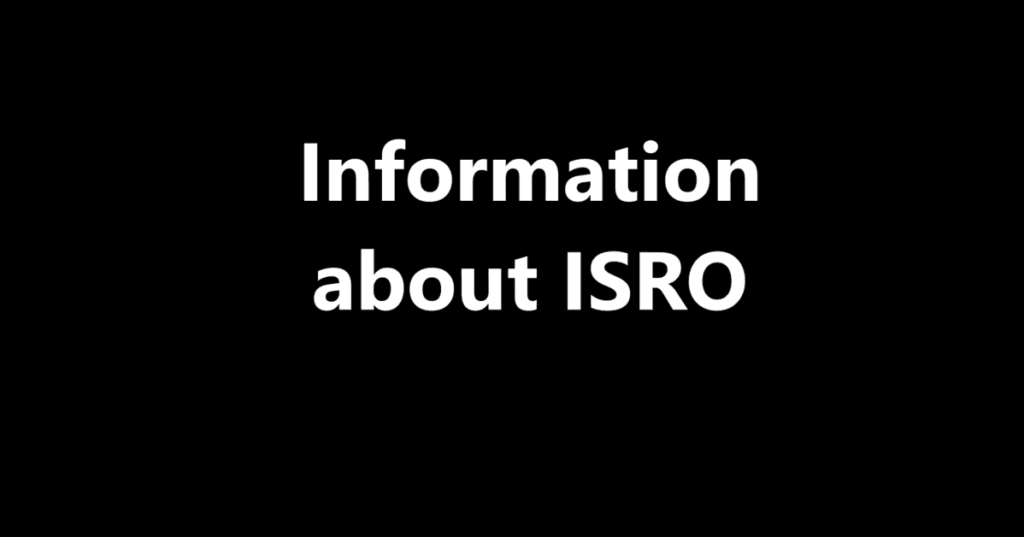Steve Jobs: A Comprehensive Overview
Early Life and Education
- Full Name: Steven Paul Jobs
- Birth Date: February 24, 1955
- Birthplace: San Francisco, California, USA
Steve Jobs was born to a young unwed woman, Joanne Schieble, and was put up for adoption shortly after birth. He was adopted by Paul and Clara Jobs, who encouraged his early interest in electronics and design.
Jobs attended Reed College in Portland, Oregon, in 1972. However, he dropped out after one semester but continued to audit classes, including a calligraphy course that later influenced the design aesthetics of Apple products.
The Founding of Apple Inc.
In 1976, Jobs, along with his friend Steve Wozniak and Ronald Wayne, founded Apple Computer, Inc. in Jobs’s parents’ garage. Their initial product was the Apple I, a personal computer that Wozniak designed and built.
- Apple II: Released in 1977, the Apple II became one of the first highly successful mass-produced personal computers, known for its plastic casing and color graphics. This product helped establish Apple as a leader in the burgeoning PC market.
Rise to Prominence
Jobs’s vision for personal computing extended beyond mere functionality to a focus on design, usability, and user experience. He emphasized the importance of integrating hardware and software, ensuring a seamless experience for users.
- Macintosh: In 1984, Apple launched the Macintosh, which was notable for its user-friendly graphical user interface (GUI) and the use of a mouse. The iconic Super Bowl commercial directed by Ridley Scott introduced the Macintosh to the world, becoming a cultural landmark.
Departure from Apple
Despite the initial success, internal conflicts and differences in vision led to Jobs being ousted from Apple in 1985. During this period, he founded NeXT Inc., which focused on high-end workstations for higher education and business sectors. Though not commercially successful, NeXT’s technology would later be crucial to Apple’s revival.
- Pixar Animation Studios: Jobs acquired the computer graphics division of Lucasfilm in 1986 and helped transform it into Pixar, a company that revolutionized animated movies. Under his leadership, Pixar produced blockbuster films like Toy Story, Finding Nemo, and The Incredibles.
Return to Apple and Reinvention
In 1997, Apple acquired NeXT for $429 million, bringing Jobs back to the company he co-founded. He became interim CEO and later full-time CEO, implementing transformative changes.
- iMac: In 1998, the release of the iMac marked a significant turning point for Apple. The all-in-one computer featured an innovative design and was geared toward consumers, helping to stabilize Apple’s finances.
- iPod: Launched in 2001, the iPod changed how people listened to music. With its simple interface and design, it became a cultural phenomenon.
- iTunes: Alongside the iPod, Jobs introduced iTunes, a platform that revolutionized music distribution and consumption, aiding in combating piracy and establishing legal digital music purchases.
- iPhone: Launched in 2007, the iPhone transformed the smartphone industry, merging a phone, an internet communicator, and an iPod into one device. Its user-friendly interface set a new standard for mobile devices.
- iPad: Released in 2010, the iPad created a new marketplace for tablet computing.
Leadership Style and Vision
Jobs was known for his perfectionist and sometimes abrasive leadership style. He emphasized innovation, simplicity, and bold design, famously demanding excellence from his team. His vision focused on creating products that were not only functional but also aesthetically pleasing and environmentally friendly.
Health Challenges and Passing
In 2003, Jobs was diagnosed with a rare form of pancreatic cancer called a neuroendocrine tumor. He initially chose alternative treatments, delaying surgery. He took a medical leave in 2009 but returned to lead Apple through more innovations until August 2011, when he resigned as CEO. Jobs passed away on October 5, 2011, at the age of 56, leaving a significant legacy in technology and business.
Legacy and Impact
Steve Jobs’s influence on technology, design, and consumer culture is immense. He is credited with:
- Pioneering the personal computer revolution.
- Revolutionizing several industries, including music, smartphones, and tablets.
- Emphasizing the importance of design in technology, influencing countless companies and products.
Awards and Recognition
Jobs received numerous accolades throughout his life, including:
- National Medal of Technology: Awarded in 1985.
- Grammy Trustees Award: For his contributions to music technology in 2012 (posthumous).
- Time Magazine’s Person of the Year: Multiple times, including in 1982 and 2010.
FAQs about Steve Jobs
Here are some frequently asked questions (FAQs) about Steve Jobs, the co-founder of Apple Inc. and a significant figure in the technology industry:
1. Who was Steve Jobs?
Steve Jobs (1955-2011) was an American entrepreneur, inventor, and business magnate best known as the co-founder of Apple Inc. He played a crucial role in revolutionizing the consumer electronics industry through innovative products such as the iPhone, iPad, MacBook, and the iPod.
2. What did Steve Jobs do at Apple?
Jobs co-founded Apple in 1976, where he served as the CEO and led the design and development of groundbreaking products. After a period of departure from Apple in the mid-1980s, he returned in 1997 and helped revitalize the company with innovative initiatives and products that transformed it into one of the most valuable companies in the world.
3. What were some of Steve Jobs’ most significant contributions?
Some of Jobs’ major contributions include:
- Apple I and II: Early personal computers that helped launch the personal computing revolution.
- Macintosh: The first successful personal computer with a graphical user interface.
- iPod: Revolutionized how people listen to and manage music.
- iPhone: Changed the smartphone landscape with its touch interface and app ecosystem.
- iPad: Popularized tablet computing.
4. What was Steve Jobs’ management style?
Jobs was known for his demanding and sometimes controversial management style. He was both a visionary leader and a perfectionist, often pushing his teams to innovate and meet high standards. He was also known for his attention to detail and strong aesthetic sensibility.
5. Did Steve Jobs have any notable achievements or awards?
Jobs received several accolades, including:
- Induction into the California Hall of Fame.
- The James C. Morgan Global Humanitarian Award in 2006.
- Various honorary degrees and recognition for his impactful contributions to technology and design.
6. What impact did Steve Jobs have on the technology industry?
Jobs’ relentless innovation and focus on design changed the consumer technology landscape, influencing product design, marketing strategies, and the importance of user experience across the industry. His work helped establish concepts like the app ecosystem and brought emphasis to seamless integration of hardware and software.
7. What was Jobs’ relationship with other tech leaders?
Steve Jobs had a complex relationship with other tech leaders. While he admired figures like Bill Gates (co-founder of Microsoft), he also had competitive tensions with them, particularly during the personal computing and smartphone wars. His rivalry with Gates was well-documented, especially regarding operating systems and market dominance.
8. What challenges did Jobs face in his career?
Jobs faced several challenges, including:
- Being ousted from Apple in 1985 after internal power struggles.
- Struggles to regain Apple’s market position upon his return in the 1990s.
- Health issues that ultimately led to his resignation as CEO in 2011 and his death later that year.
9. How did Steve Jobs influence design and innovation?
Jobs’ emphasis on aesthetics, simplicity, and functionality set new standards for product design. He famously said, “Design is not just what it looks like and feels like. Design is how it works.” His approach prioritizes user experience and led to the creation of iconic products.
10. What was Steve Jobs’ legacy?
Steve Jobs’ legacy is characterized by transformative products that have had a lasting impact on technology, communication, and culture. He is remembered as a visionary who changed how people interact with technology and as a pioneer who set the foundation for many modern tech companies.
Conclusion
Steve Jobs remains a pivotal figure in the history of technology and innovation. His approach to design, marketing, and product development revolutionized multiple industries and changed how we interact with technology today. His legacy continues to inspire entrepreneurs and innovators across the globe.


